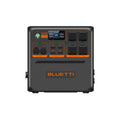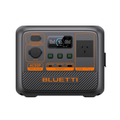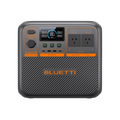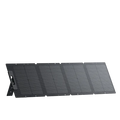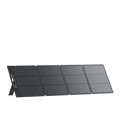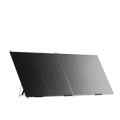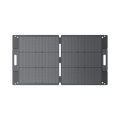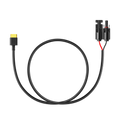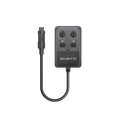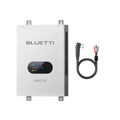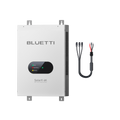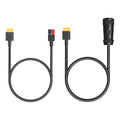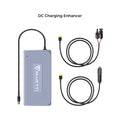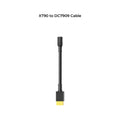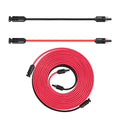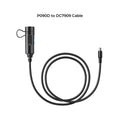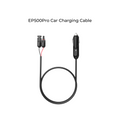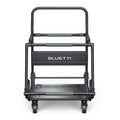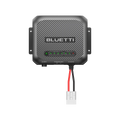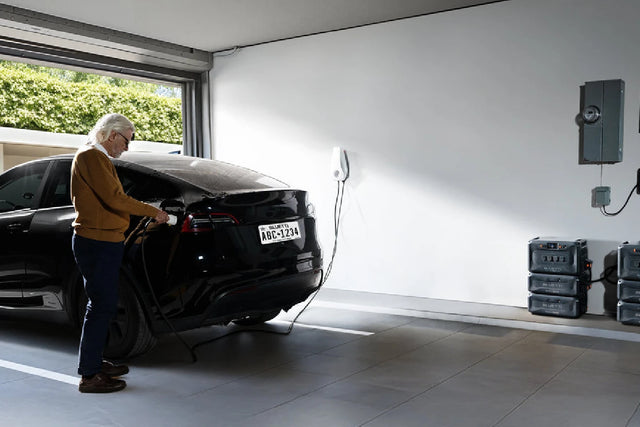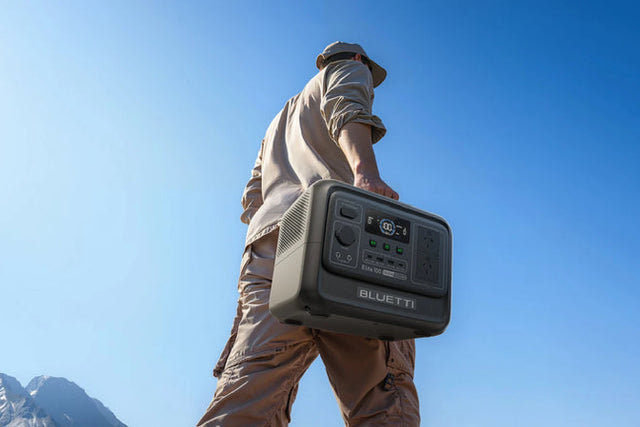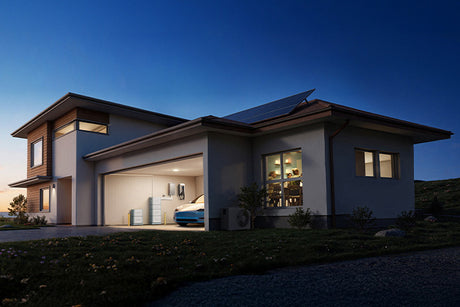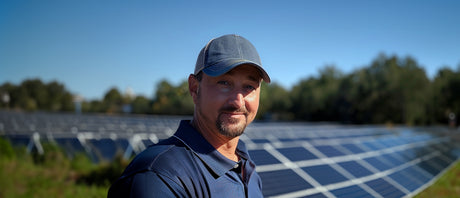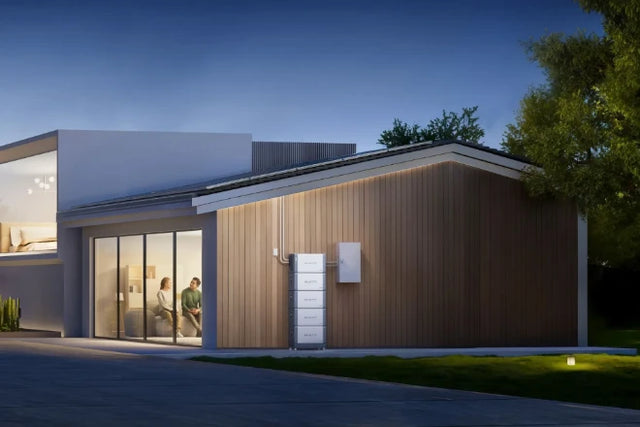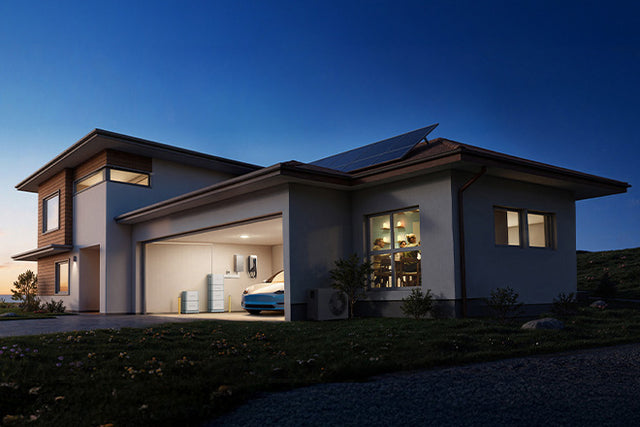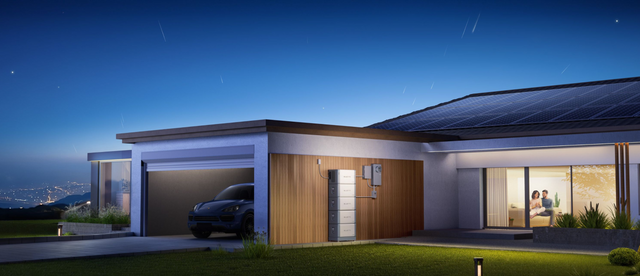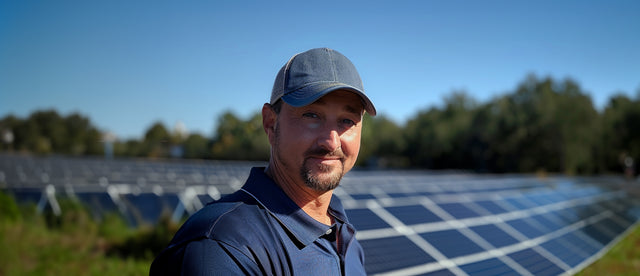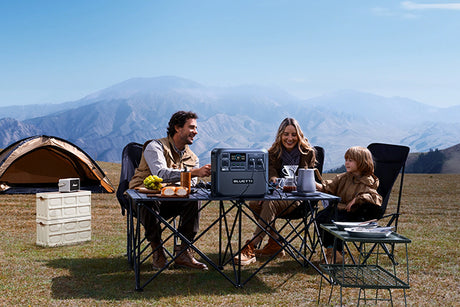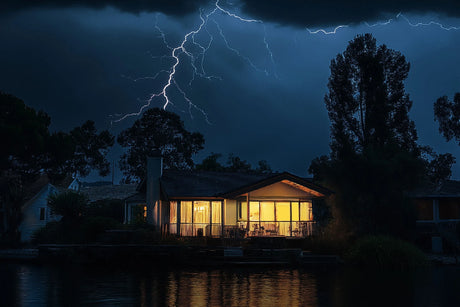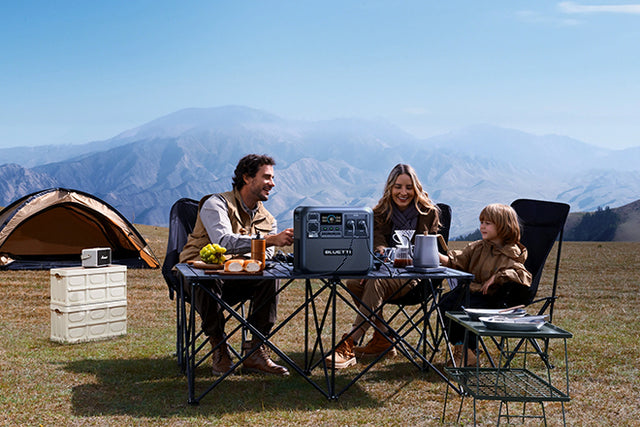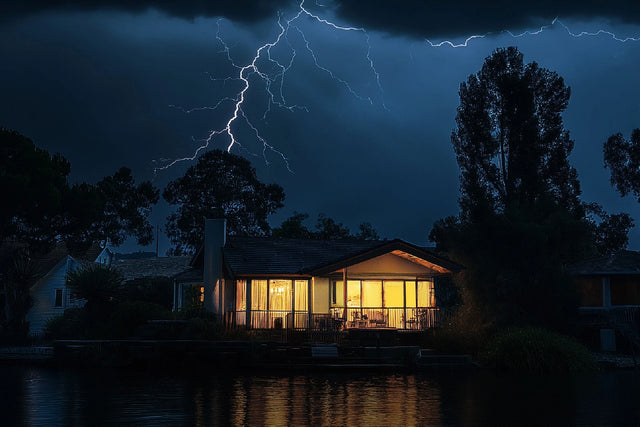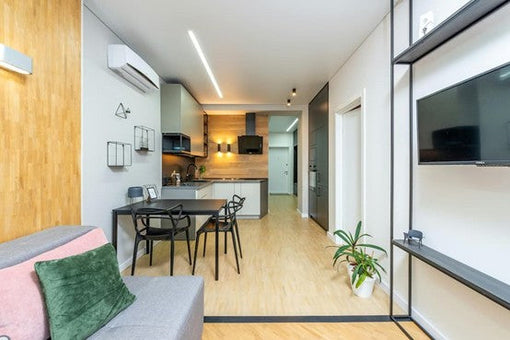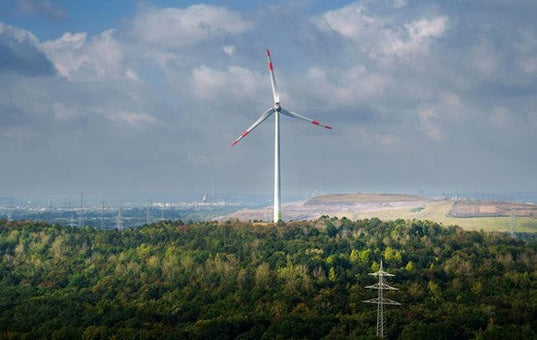In today's world, electricity has become an essential part of our daily lives. From powering our homes to fueling our devices, it is nearly impossible to imagine a life without electricity. However, with the increasing demand for electricity, the cost of energy has also been on the rise. As we approach the year 2024, it is important to understand the current and future electricity prices in New South Wales (NSW), Australia. In this article, we will compare the electricity prices per kilowatt-hour (kWh) in NSW and explore the factors that will impact the cost of electricity in the future. This information will not only help consumers make informed decisions but also shed light on the importance of managing energy consumption in the coming years.
Electricity Rates NSW (2024 Comparison)
| Electricity Provider | Electricity Plan | General Usage Rate (per Kwh) | Daily Supply Charge (per day) |
|---|---|---|---|
| AGL | Value Saver | 32.29¢ | 79.20¢ |
| Alinta Energy | BetterDeal | 37.75¢ | 95.69¢ |
| Amber Electric | Amber Plan – Variable Wholesale Prices | 27.43¢ | 82.29¢ |
| CovaU Energy | Freedom | 35.48¢ | 88.02¢ |
| Diamond Energy | Everyday Renewable Saver | 32.73¢ | 77.00¢ |
| Dodo | Market Offer | 30.29¢ | 70.07¢ |
| EnergyAustralia | Flexi Plan | 37.76¢ | 95.70¢ |
In 2024, electricity prices in New South Wales (NSW) are expected to increase due to rising costs of generation and network infrastructure. This has led to fierce competition among electricity providers to offer the best rates for consumers. In this article, we will compare the electricity rates of top providers in NSW for the year 2024.
AGL's Value Saver plan offers a usage rate of 32.29¢ per kilowatt-hour (kWh) and a daily supply charge of 79.20¢. This makes it one of the more affordable options on the market. Alinta Energy's BetterDeal plan has a slightly higher usage rate of 37.75¢ per kWh but a lower daily supply charge of 95.69¢. CovaU Energy's Freedom plan also offers a competitive usage rate of 35.48¢ per kWh, but with a higher daily supply charge of 88.02¢.
One of the standout plans is Amber Electric's Amber Plan, which offers variable wholesale prices. This means that the usage rate may vary depending on the market prices. As a result, the current rate of 27.43¢ per kWh may fluctuate. However, this plan also has a relatively lower daily supply charge of 82.29¢.
Diamond Energy's Everyday Renewable Saver plan has a usage rate of 32.73¢ per kWh and a daily supply charge of 77.00¢. This plan is unique as it only offers renewable energy sources, making it an attractive option for environmentally conscious consumers.
Dodo's Market Offer plan has a lower usage rate of 30.29¢ per kWh and a daily supply charge of 70.07¢. This is a competitive rate compared to other providers, but it is important to note that the usage rate may increase after the initial period.
Lastly, EnergyAustralia's Flexi Plan has a usage rate of 37.76¢ per kWh and a daily supply charge of 95.70¢. This plan also offers flexible payment options for consumers, making it a popular choice.
It is essential to note that these rates may vary depending on individual consumption and location. For example, households with solar panels may receive lower rates, and those in remote areas may have higher supply charges. It is crucial to compare rates and plans carefully before making a decision.
electricity prices in NSW are expected to increase in 2024, but with competition among providers, consumers have various options to choose from. AGL, Alinta Energy, and CovaU Energy offer competitive usage rates, while Amber Electric and Diamond Energy have unique plans with a focus on renewable energy. Dodo and EnergyAustralia provide affordable options, but it is essential to carefully consider all aspects of the plan before making a decision. Ultimately, comparing electricity rates and plans is crucial in finding the best deal for your household.
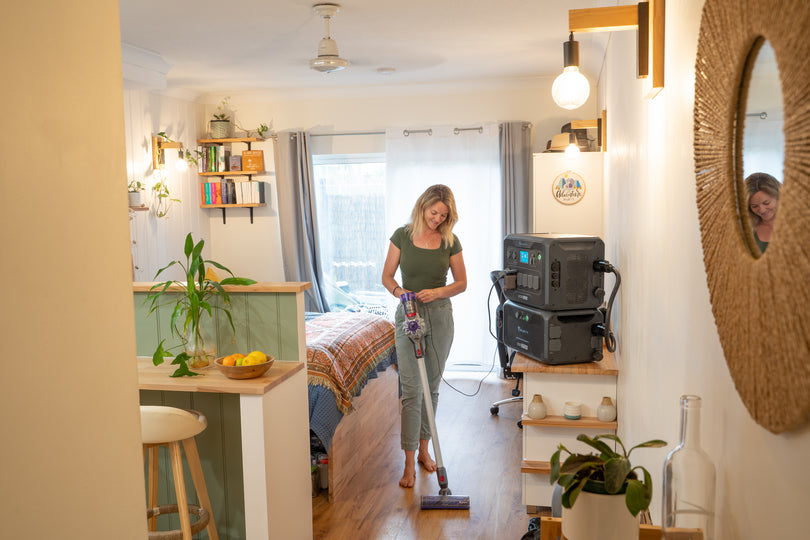
The Electricity Market in NSW
Before diving into the comparison of prices, it is important to understand the electricity market in NSW. The state has a competitive retail market, which means that consumers have the power to choose their electricity provider. This allows for more options and potential cost savings for consumers. The prices for electricity in NSW are regulated by the Australian Energy Regulator (AER) and can change depending on factors such as supply and demand, government policies, and changes in the wholesale electricity market.
Electricity usage costs (per kWh) in NSW
When it comes to electricity prices in New South Wales (NSW), there are various factors that can influence how much you pay for your usage. These can include your location, the type of plan you are on, and the time of day you use electricity. In this article, we will specifically be comparing the expected electricity prices per kilowatt-hour (kWh) in 2024 in NSW.Your electricity bill in detail
Your electricity bill is made up of various charges, but the main one is the cost per kWh. This is essentially the amount you pay for the electricity you use. In NSW, the current average electricity price per kWh is around 25.2 cents (as of 2020). However, this price is expected to rise in the coming years due to a number of factors such as increasing infrastructure costs and the transition to renewable energy sources.
Expected electricity prices in 2024
According to projections by the Australian Energy Market Commission (AEMC), electricity prices in NSW are expected to increase by approximately 4.5% per year until 2024. This means that by 2024, the average electricity price per kWh in NSW could be around 30 cents.The AEMC also predicts that this increase will be driven by network (infrastructure) costs, which make up around 40% of your electricity bill. These costs are necessary for maintaining and upgrading the electricity grid, but they can also have a significant impact on the price of electricity.
Another factor that will contribute to the expected increase in electricity prices is the transition to renewable energy sources. In NSW, the government has set a target of net-zero emissions by 2050, which means that the electricity industry will need to shift away from fossil fuels and towards cleaner energy sources. This transition comes with its own set of costs, which will ultimately be passed on to consumers.
How will this impact your overall electricity bill?
While a 4.5% increase in electricity prices may not seem like much, it can add up over time. For the average household in NSW, this could mean an increase of around $200 on their annual electricity bill by 2024.Furthermore, if you are on a time-of-use plan, where the price of electricity varies throughout the day, you may also see an increase in your bill. This is because the price of electricity during peak times (usually in the evening) is expected to increase at a higher rate compared to off-peak times.
What can you do to manage your electricity costs?
While the increase in electricity prices may seem inevitable, there are some steps you can take to manage your usage and potentially save money on your bills. One option is to consider switching to a different energy retailer that offers lower rates. You can also look into options such as solar panels or battery storage to generate your own electricity and potentially reduce your reliance on the grid.Additionally, being conscious of your electricity usage and making small changes such as switching off appliances when not in use or using them during off-peak times can also help to reduce your bill.
the expected increase in electricity prices per kWh in NSW by 2024 is a cause for concern for many households. By understanding the factors that contribute to these prices and taking steps to manage your usage, you can potentially reduce the impact on your overall electricity bill.
How to find a deal with cheap energy rates in NSW
Electricity prices in NSW have been on the rise in recent years, with many households and businesses struggling to keep up with the cost of energy. However, it is important to note that electricity prices in NSW are not fixed and can vary greatly depending on a number of factors. In this article, we will take a look at how to compare electricity prices per kWh in NSW in 2024 and find a deal with cheap energy rates.Understanding electricity rates
Before we dive into comparing electricity prices, it is important to have a basic understanding of how electricity rates are calculated. Electricity rates in NSW are made up of three main components – generation, transmission, and distribution. The generation component covers the cost of producing electricity, while the transmission and distribution components cover the cost of delivering electricity to the end consumer.
When comparing electricity prices per kWh in NSW, it is important to look at the total cost per kWh, which includes all three components. This will give you a more accurate picture of the overall cost of electricity.
Research and compare retailersThe first step in finding a deal with cheap energy rates is to research and compare different retailers. There are several electricity retailers in NSW, each offering different rates and plans. Some retailers may offer discounts or special deals, while others may have higher rates but offer additional services such as renewable energy options.
It is important to look beyond just the headline rates and consider the overall cost and benefits offered by each retailer. You can use online comparison tools or contact each retailer directly to get a quote for your specific usage and needs.
Consider time of use tariffsTime of use tariffs are another important factor to consider when comparing electricity prices per kWh in NSW. This type of tariff charges different rates for electricity usage depending on the time of day. Typically, peak hours (usually between 2 pm to 8 pm) have higher rates, while off-peak hours (usually between 10 pm to 7 am) have lower rates.
If you have the flexibility to shift your electricity usage to off-peak hours, you could potentially save on your electricity bill. It is important to check with your retailer if they offer time of use tariffs and what the rates are for each time bracket.
Look into solar optionsAnother way to potentially save on electricity costs is by investing in solar panels for your home or business. Solar energy is a renewable and sustainable source of energy and can greatly reduce your reliance on traditional electricity. Many retailers in NSW offer special solar plans with lower electricity rates or feed-in tariffs, where you can sell excess energy back to the grid.
However, it is important to consider the initial cost of purchasing and installing solar panels and how long it will take to see a return on your investment. It is also important to check with your retailer about any eligibility criteria for solar plans and the specific rates offered.
finding a deal with cheap energy rates in NSW requires research, comparison, and consideration of various factors such as time of use tariffs and solar options. It is important to regularly review your energy plan and consider switching to a different retailer if you find a better deal. With the right approach, you can potentially save on your electricity bill and contribute to a more sustainable energy future in NSW.
BLUETTI AC500 + B300S: The Future of Affordable and Efficient Home Power
In today's world, electricity has become a necessity for our daily lives. From powering our household appliances to charging our electronic devices, we rely on electricity now more than ever. However, with the increasing demand for electricity, the cost of energy is also on the rise. In Australia, the state of New South Wales (NSW) has one of the highest electricity prices in the country. As per recent data, the average price per kWh in NSW is around 28.13 cents, and it is only expected to increase in the coming years. This is where the BLUETTI AC500 + B300S energy system comes in to save the day.The BLUETTI AC500 + B300S energy system is a revolutionary product that aims to provide affordable and efficient home power solutions to its users. With a rated power of 5,000W, it can support a variety of devices, making it a suitable option for both residential and commercial use. What sets this energy system apart is its expandable capacity, starting from 3,072Wh and going up to a whopping 18,432Wh with the addition of B300S batteries. This means that users can customize their energy storage capacity according to their needs, making it a cost-effective option in the long run.
One of the major highlights of the BLUETTI AC500 + B300S energy system is its use of LiFePO4 batteries. These batteries have a life cycle of 3,500+ cycles, meaning they can be charged and discharged 3,500 times without significant decrease in capacity. This is a significant improvement as compared to traditional lead-acid batteries, which have an average life cycle of only 500-800 cycles. With fewer replacements needed, users can save money in the long run and also reduce their impact on the environment.
The BLUETTI AC500 + B300S energy system also comes with a smart APP control feature, which allows users to monitor and control the system through a WiFi or Bluetooth connection. This feature provides convenience and flexibility, making it easier for users to manage their energy usage and optimize their power consumption. Additionally, the system has six ways to recharge, including AC, solar, car, generator, lead-acid battery, and dual charging. This means that users can choose the most suitable and cost-effective way to recharge their energy system, depending on their location and availability of resources.
For everyday use, the BLUETTI AC500 + B300S energy system offers 16 versatile outlets, making it compatible with 99% of devices. This includes standard AC outlets, USB ports, and even wireless charging options, making it a one-stop solution for all power needs. Moreover, with its 24/7 UPS home backup feature, users can ensure uninterrupted power supply to their home, even during power outages.
To add to its appeal, the BLUETTI AC500 + B300S energy system comes with a 4-year warranty, ensuring its durability and reliability. This gives users a sense of security and shows the confidence the brand has in its product. Additionally, with its compact and portable design, the energy system can be easily moved and installed in different locations, making it ideal for both urban and rural areas.
the BLUETTI AC500 + B300S energy system offers an affordable and efficient solution to tackle the rising electricity prices in NSW. With its expandable capacity, long-lasting batteries, smart APP control, multiple recharging options, and versatile outlets, it sets a new standard for home power systems. So, make the smart choice and invest in the BLUETTI AC500 + B300S energy system to power your home and save on electricity prices per kWh in 2024 and beyond.
Comparison of NSW Electricity Prices per kWh in 2024
Electricity rates in New South Wales (NSW) are set to change in 2024 due to various factors such as government regulations, market competition, and changes in energy sources. It is important for consumers to stay informed about these changes and compare electricity prices to make a smart decision about their energy provider. In this article, we will compare the electricity rates per kWh of four major providers in NSW for the year 2024.
| Electricity Provider | Electricity Plan | General Usage Rate (per kWh) |
|---|---|---|
| Origin Energy | Go Variable | 31.93¢ |
| OVO Energy | The One Plan | 29.92¢ |
| Pacific Blue | Blue First | 31.13¢ |
| Powershop | Power House | 27.35¢ |
As shown in the table above, the general usage rates per kWh for these providers in 2024 vary between 27.35¢ and 31.93¢. It is important to note that these rates may change depending on the consumer's location, energy consumption, and other factors. Let's take a closer look at each provider and their plans.
Origin Energy: Origin Energy's Go Variable plan offers a rate of 31.93¢ per kWh. This plan is suitable for those who prefer flexibility in their electricity usage and are willing to pay a higher rate.
OVO Energy: OVO Energy's The One Plan has a lower rate of 29.92¢ per kWh. This plan offers a fixed rate for a certain period of time, providing stability in electricity costs.
Pacific Blue: Pacific Blue's Blue First plan has a rate of 31.13¢ per kWh. This plan offers a discount for paying on time and is suitable for those who are conscious about their energy consumption.
Powershop: Powershop's Power House plan has the lowest rate of 27.35¢ per kWh. This plan offers flexibility and discounts for buying energy in advance, making it a cost-effective option for consumers.
It is evident that Powershop's Power House plan has the lowest rate among the four providers. However, it is important to consider other factors such as customer service, payment options, and energy sources when choosing an electricity provider.
the electricity rates per kWh for NSW in 2024 vary between 27.35¢ and 31.93¢. Consumers must consider their energy usage, preferences, and other factors before choosing an electricity plan and provider. Keeping up with these changes and comparing prices can help consumers make an informed decision and potentially save money on their electricity bills.
1. How much does the average household pay per kWh for electricity in NSW currently?
According to the latest data from the Australian Energy Market Commission, the average cost of electricity per kWh for residential customers in New South Wales (NSW) is 27 cents. However, this can vary depending on several factors such as location, usage, and time of use. For example, households in regional areas tend to pay slightly more than those in urban areas due to the higher costs of transmission and distribution. Moreover, the time of use can also affect the price, with peak hours being more expensive than off-peak hours. On average, households in NSW consume around 16 kWh per day, resulting in a monthly bill of around $130-$150. However, based on the current trends and forecasts, it is expected that electricity prices will continue to rise, and by 2024, the average cost per kWh for households in NSW could potentially reach 30 cents.
2. What factors contribute to the fluctuation of electricity prices in NSW?
Factors Contributing to Fluctuations in NSW Electricity Prices
There are several factors that contribute to the fluctuation of electricity prices in New South Wales (NSW). These include:
- Supply and demand: The most significant factor influencing electricity prices is the balance between supply and demand. When demand for electricity is high, prices will typically be higher due to limited supply. Similarly, when demand is low, prices tend to decrease due to excess supply.
- Fuel prices: The cost of fuel used to generate electricity, such as coal or natural gas, can also impact electricity prices. If fuel prices increase, the cost of generating electricity rises, leading to higher energy prices for consumers.
- Weather conditions: Extreme weather events, such as heatwaves or drought, can affect the supply and distribution of electricity. For instance, in times of high temperatures, demand for air conditioning increases, putting strain on the electricity grid and potentially causing price spikes.
- Government policies and regulations: The government can also play a role in electricity prices through policies and regulations. For example, the implementation of renewable energy targets and carbon pricing can impact the cost of electricity for consumers.
- Infrastructure and network costs: The maintenance and expansion of electricity infrastructure, such as power plants and transmission lines, can also contribute to price fluctuations. If upgrades are needed, it may result in higher prices for consumers.
- Competition in the market: In a competitive electricity market, prices can be influenced by the actions and pricing strategies of different energy retailers. When there is more competition, consumers may have more options for choosing lower-priced providers.
it is essential to consider these various factors when examining the fluctuation of electricity prices in NSW. By understanding the drivers behind these changes, consumers can make informed decisions about their energy usage and potentially save money on their electricity bills.
3. Are there any predicted changes or regulations that could impact NSW electricity prices in 2024?
In the realm of energy, there are always factors that can influence electricity prices. Looking specifically at NSW, there have been some recent changes and policies that could potentially impact electricity prices in 2024.
Firstly, the state government's goal to achieve net-zero emissions by 2050 could lead to increased investments in renewable energy sources, such as solar and wind power. This could potentially drive down electricity prices as these sources become more accessible and affordable.
On the other hand, the current government has also proposed a new energy policy that would prioritize coal-fired power plants and extend their life beyond 2030. This could potentially result in higher electricity prices in the long run.
Additionally, the ongoing debate over the regulation of electricity prices by the Australian Energy Regulator (AER) could also impact prices in 2024. The AER has been considering changes to the way it sets prices, which could potentially lead to either an increase or decrease in costs for consumers.
it is difficult to predict the specific impact of these changes and regulations on electricity prices in 2024, but it is certain that they will play a significant role in shaping the energy landscape of NSW and potentially influence prices for consumers.
4. Is there a significant difference in electricity prices between urban and rural areas in NSW?
Is there a significant difference in electricity prices between urban and rural areas in NSW?
When comparing electricity prices per kWh in NSW, one factor that may affect the prices is the location, specifically whether the area is considered urban or rural. Urban areas are generally more densely populated and have more access to resources and infrastructure, while rural areas tend to have a lower population and may be more isolated. This can lead to differences in electricity prices due to the cost of supplying and maintaining electricity infrastructure. Additionally, different regions may have varying energy sources and suppliers, which can also impact the prices. Therefore, it is possible that there could be a significant difference in electricity prices between urban and rural areas in NSW, but further research and analysis would be needed to confirm this.5. How does the cost of renewable energy sources, such as solar, impact electricity prices in NSW compared to traditional sources?
The cost of renewable energy sources, such as solar, can have a significant impact on electricity prices in NSW when compared to traditional sources. This is due to the fact that renewable energy sources are typically more expensive to install and maintain compared to traditional sources. However, as technology advances and the demand for renewable energy increases, the cost of solar energy is decreasing. This means that in 2024, the cost of solar energy may be more affordable and could potentially lower electricity prices in NSW.
Moreover, the government of NSW has implemented several policies and incentives to encourage the use of renewable energy sources. This includes feed-in tariffs, which allow households and businesses to sell excess solar energy back to the grid at a higher price. This not only encourages the adoption of solar energy, but it also helps to offset the initial cost, making it a more viable option for consumers.
However, it is important to note that the cost of traditional sources, such as coal and gas, will also play a significant role in determining electricity prices in NSW. With the increasing focus on reducing carbon emissions and transitioning to cleaner energy sources, the cost of traditional sources may also increase as regulations and taxes are implemented. This could potentially narrow the gap between the cost of solar and traditional sources, making solar energy a more competitive option in terms of electricity prices.
the cost of renewable energy sources, such as solar, can greatly impact electricity prices in NSW compared to traditional sources. While the initial cost may be higher, advancements in technology and government policies may make solar energy a more affordable option in the future. Additionally, the cost of traditional sources may also influence electricity prices, especially as the focus shifts towards cleaner energy sources.the cost of electricity in NSW is expected to increase over the next few years. This is due to various factors such as the rising cost of renewable energy sources and infrastructure upgrades. As a result, it is important for consumers to stay informed and compare electricity prices regularly to ensure they are getting the best deal possible.
To reduce your electricity expenses, it is recommended to adopt energy-efficient practices such as investing in energy-efficient appliances, turning off appliances when not in use, and switching to LED lights. It is also worth considering investing in solar panels to generate your own electricity and potentially reduce your reliance on the grid.
Furthermore, it is important to be aware of any government rebates or subsidies that may be available to help offset the cost of electricity. It is also worth considering switching to a different electricity provider if you find a better deal.
In the end, being proactive and informed about your electricity usage and options can help you save money on your electricity bills in the long run. Stay informed, compare prices, and implement energy-efficient practices to ensure that you are getting the best value for your electricity expenses in NSW.


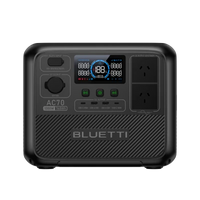
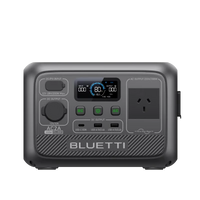
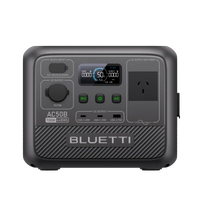

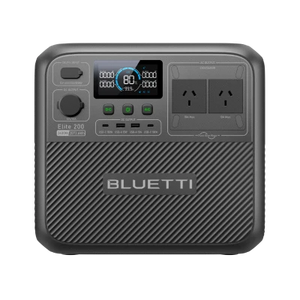
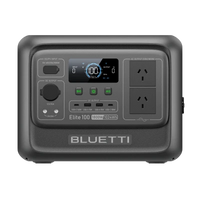
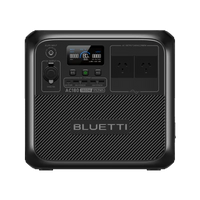
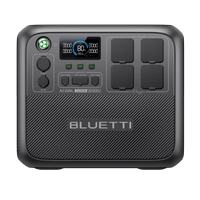
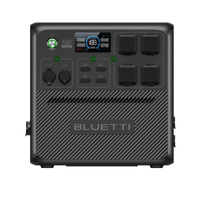
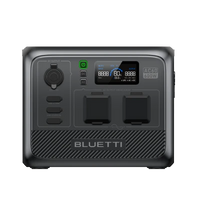
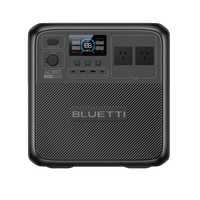


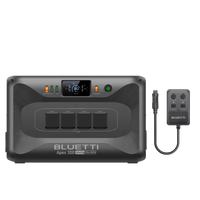

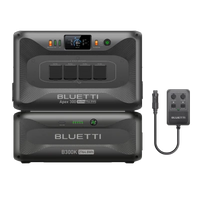
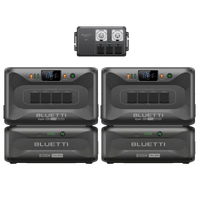
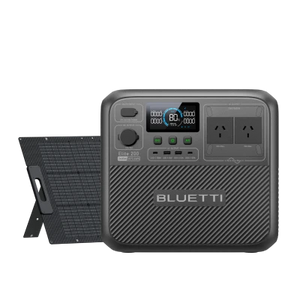
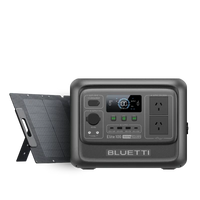
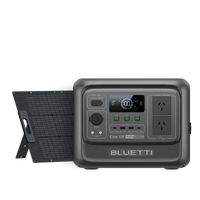
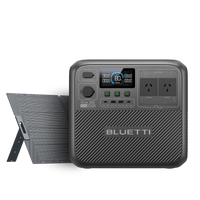
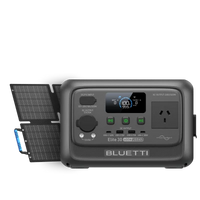
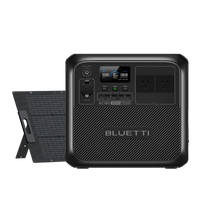
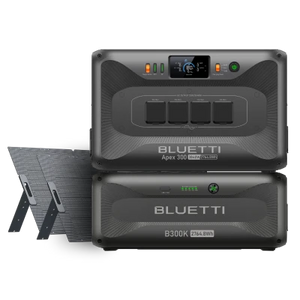
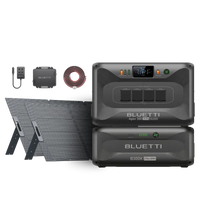
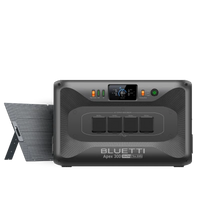
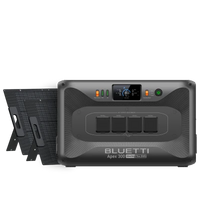
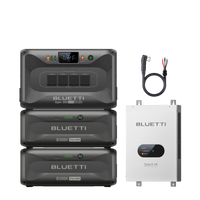


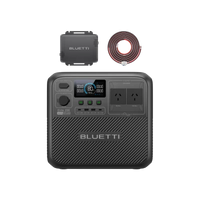
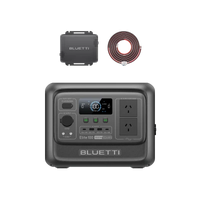
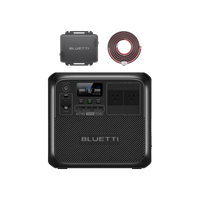
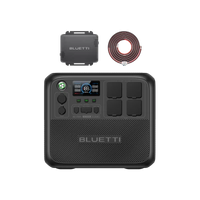
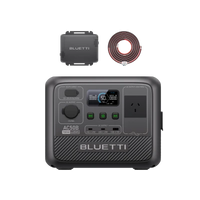
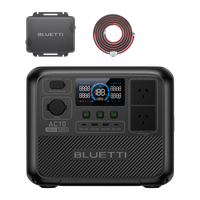



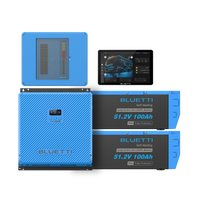
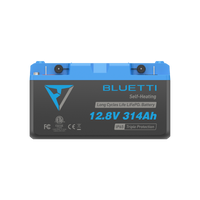
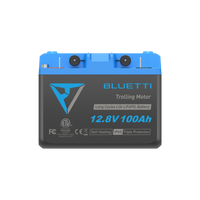
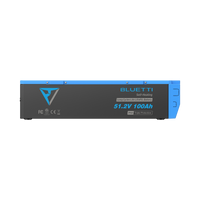
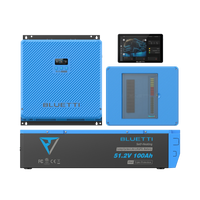
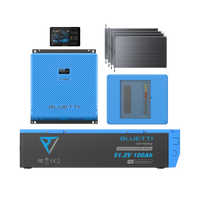
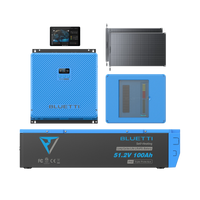
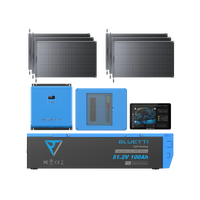




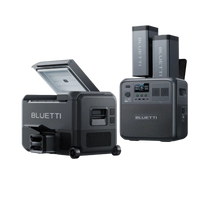
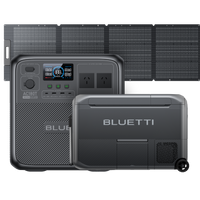
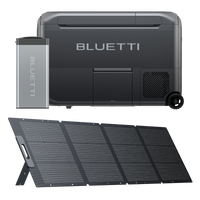
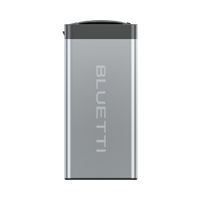
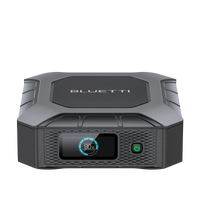


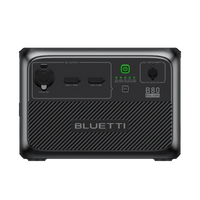
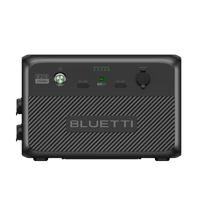

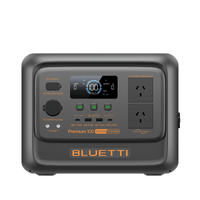
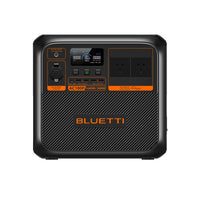

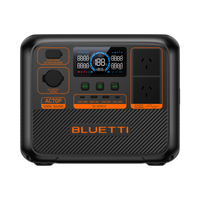
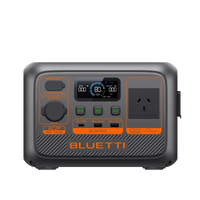
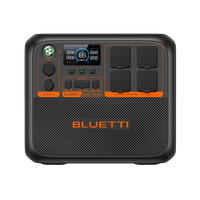
![[Phased Out] BLUETTI B80P Expansion Battery | 806Wh](http://www.bluettipower.com.au/cdn/shop/files/202310025B80P_2000-2000px_4_4caa0c1c-4dab-4272-9e9b-2b7507e5bd81.jpg?v=1713777870&width=200)
![[Phased Out] BLUETTI B210P Expansion Battery | 2,150Wh](http://www.bluettipower.com.au/cdn/shop/files/2_08cf9ef3-03a4-4489-b641-d3edb8094896.webp?v=1716016566&width=200)
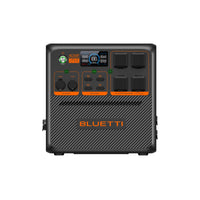
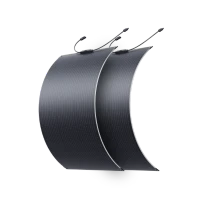
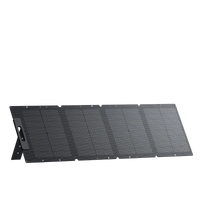
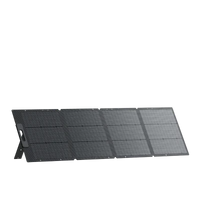
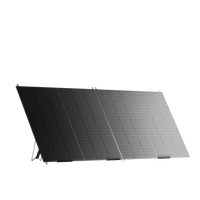

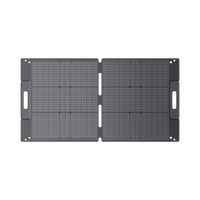

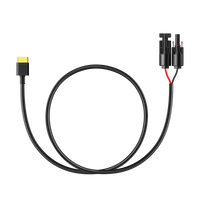
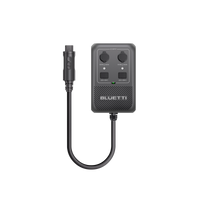
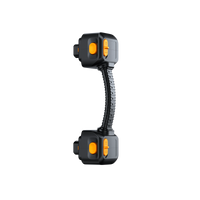

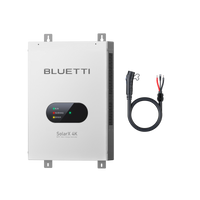
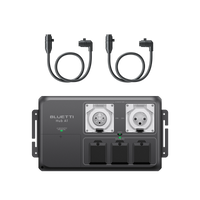
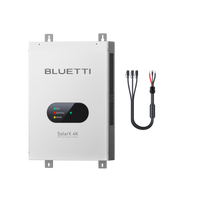
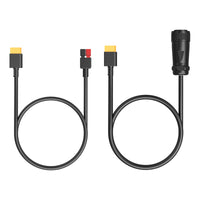
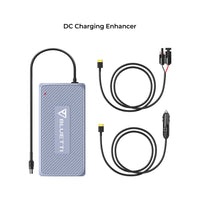

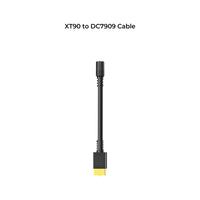
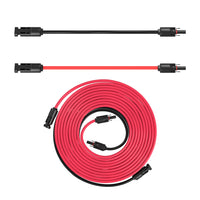
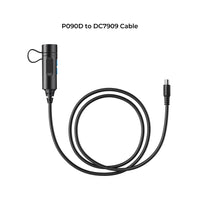
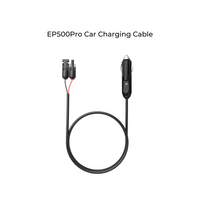
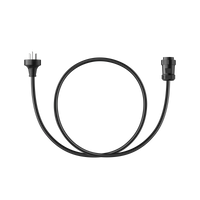
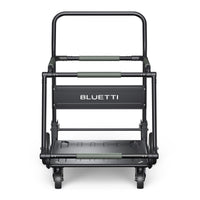
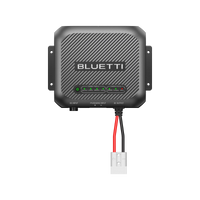
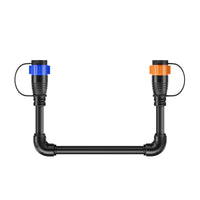



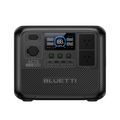
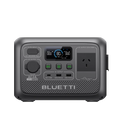
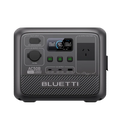


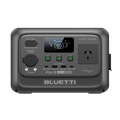
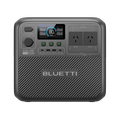
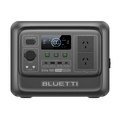
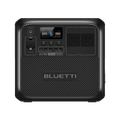
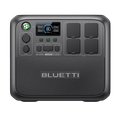
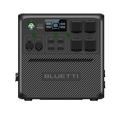
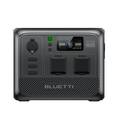
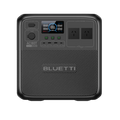


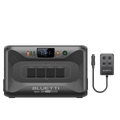

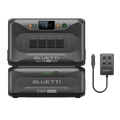
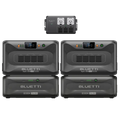




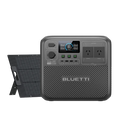
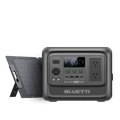
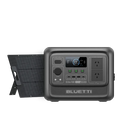
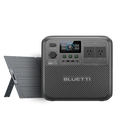
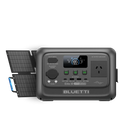
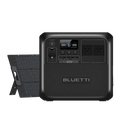
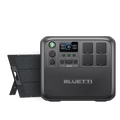
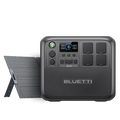




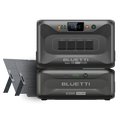
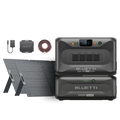
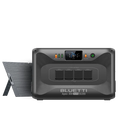
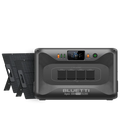
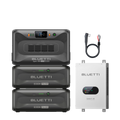


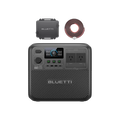
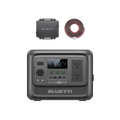
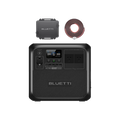


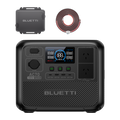
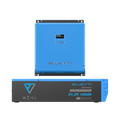
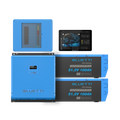
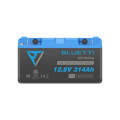
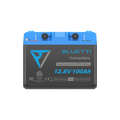










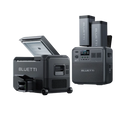
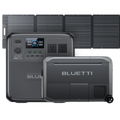
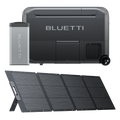
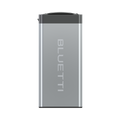



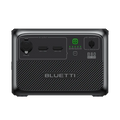
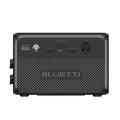


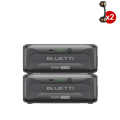
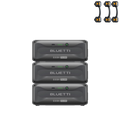




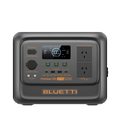
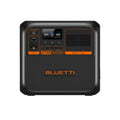

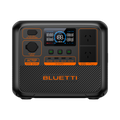
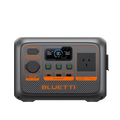

![[Phased Out] BLUETTI B80P Expansion Battery | 806Wh](http://www.bluettipower.com.au/cdn/shop/files/202310025B80P_2000-2000px_4_4caa0c1c-4dab-4272-9e9b-2b7507e5bd81.jpg?v=1713777870&width=120)
![[Phased Out] BLUETTI B210P Expansion Battery | 2,150Wh](http://www.bluettipower.com.au/cdn/shop/files/2_08cf9ef3-03a4-4489-b641-d3edb8094896.webp?v=1716016566&width=120)
